Text

oh no , the dog is drinking the wave equation
40K notes
·
View notes
Text
I hate linguistic anthropology. Why? One of the most influential experiments in linguistic anthropology involved teaching a chimp asl. One of the most influential linguistics is named Noam Chomsky. You know what the chimp’s name was?
Nim Chimpsky.
Fucking monkey pun.
And this is in textbooks, in documentaries, everywhere. And everyone just IGNORES THIS GOD AWFUL PUN cause of how important the experiment was. But
BUT LOOK AT THIS SHIT. FUCKING NIM CHIMPSKY. I HATE THIS WHOLE FIELD.
151K notes
·
View notes
Text


pictures from the lunar eclipse the other night taken through my telescope
78 notes
·
View notes
Text
Because we have to talk in code about this on tiktok, I'm here to help spread some helpful tips to all my American anti-fascists out here who may need it. If you see police car that looks like this, (predominant blue stripe),

This is an ICE car. They are out and about right now hunting down immigrants, legal and illegal.
If you see them- or really, any police car- lurking, scream at the top of your lungs.
"La Migra"
Help save a family.
15K notes
·
View notes
Text
what do you mean elon musk did a nazi salute on live tv at the united states presidential inauguration twice and is now erasing the evidence off the internet by replacing the footage with the crowd cheering instead?

would be a shame if people reblogged this, wouldn’t it?
158K notes
·
View notes
Text

This woman was arrested for WORDS.
We should rally for her as much as the guy who actually shot someone. Push back.
71K notes
·
View notes
Text
I wish to be fluent in everything that gives you butterflies.
22 notes
·
View notes
Text
"Dante, too, encountered the greatest difficulty, in the form of three fierce wild beasts, before he had even crossed the fateful threshold of the Inferno. Like any traveler, he knew that the first step, abandoning the familiar paths, is the most difficult."
Carlo Rovelli, in White Holes, 2023.
94 notes
·
View notes
Text
Briana Boston didn't threaten anyone.
When my grandmother was sent a death threat through text message, I reported it to the police. The officer told me that "it's not considered a death threat unless the message mentions a weapon and a deadline".
As a result, they didn't do anything. Not even a verbal warning to that person.
Or, there's a double standard when it comes to billionaires and big corporations. Who'd have thought.
59K notes
·
View notes
Text

The #AllLivesMatter degenerates love the two-tier style of justice and complete disregard for children.
70K notes
·
View notes
Text
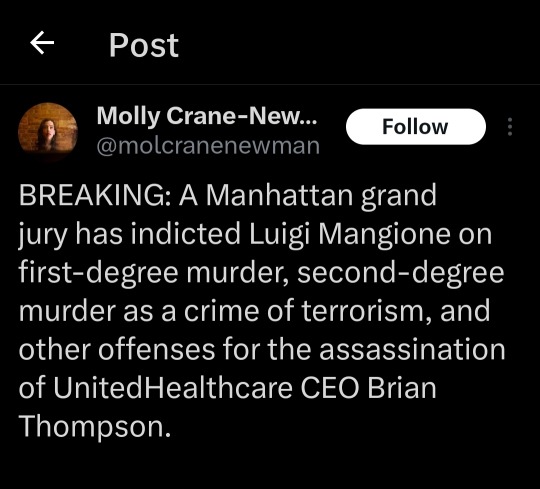

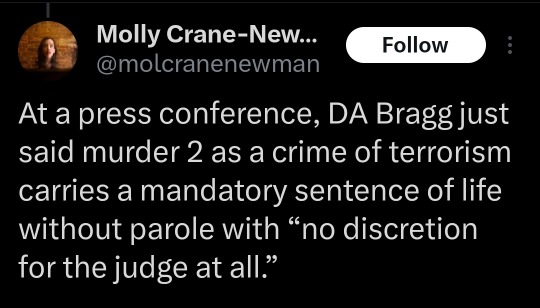
When you kill a healthcare ceo, it’s terrorism. When someone shoots your kid in elementary school, it’s thoughts and prayers for like a week and then they move on. It truly shows the fact that terrorism is whatever the american government wants it to mean.
50K notes
·
View notes
Text
let's recap what we've learned about the United States in the last few days.
things that are terrorism:
allegedly shooting a healthcare CEO whose company generated more pure profit (not revenue, profit) in a year than the GDP of 94 countries, exclusively by denying coverage to people who pay for it
a 42-year-old mother of 2 using the wrong combination of 7 words during a heated conversation with a call center employee at a health insurance company who was in the process of denying her health coverage.
things that are not terrorism:
mass shooting in a Black church to incite a race war
going to a BLM protest specifically to kill protestors
a neo-nazi running over a crowd of people, killing a woman
targeting and killing 23 latinos in an el paso, texas walmart
killing 12 people in a theatre, shooting 58 others, rigging your apartment with explosives
a QAnon groyper killing 7 and shooting ~50 at a 4th of July parade
killing 3 people and shooting several others at a Planned Parenthood in defense of the unborn
stalking someone relentlessly and then killing them and their child despite months of the victim making police reports
any one of the 1,200 murders committed by US police yearly, the vast majority being minorities
tightening your border while ~100 immigrants (including children) drown every year in the Rio Grande
United Healthcare killing an unnknowable number of elderly people by using faulty AI to deny medically necessary coverage
Aetna killing a woman by refusing to cover her cancer care
Blue Cross killing a 6-year-old by denying her appendicitis surgery
Cigna killing a 17-year-old child by denying her liver transplant
the pharmaceutical industry killing half a million people with opioids in the name of producing revenues in 2023 that rivaled the GDPs of countries like Spain, Mexico, and Australia.
the United States killing 45,000 people a year because they can't access health coverage
make sure you keep this guide handy the next time you find yourself interacting with your insurance company or any other millionaire, billionaire, or an individual who is part of a protected class such as a CEO or president of a corporation.
28K notes
·
View notes
Text

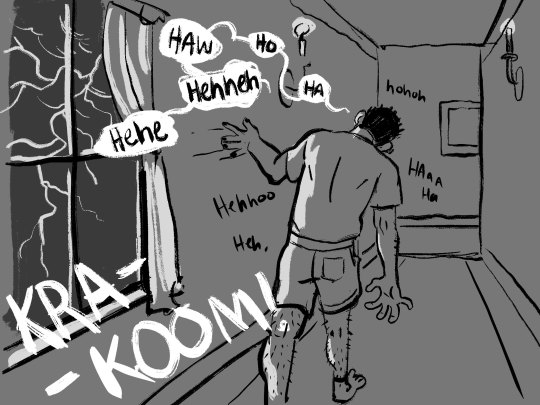
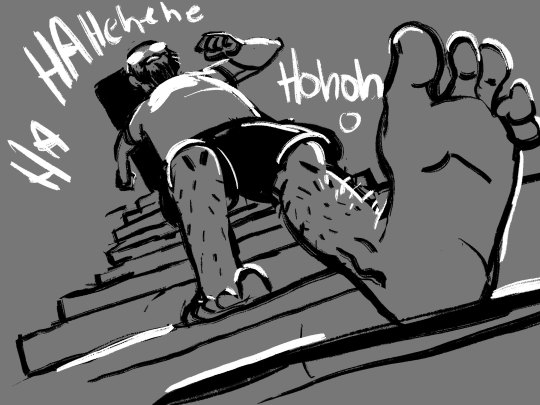
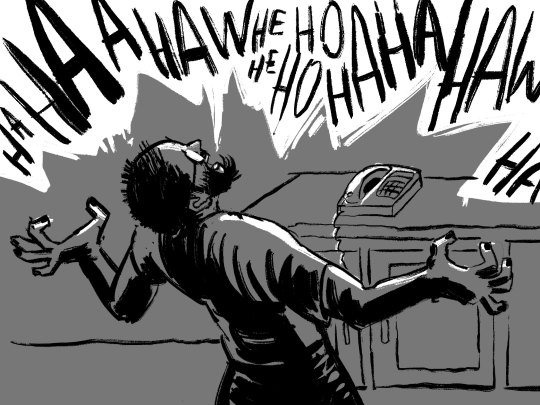
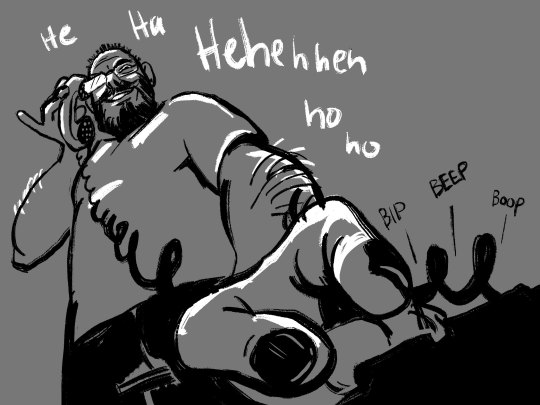


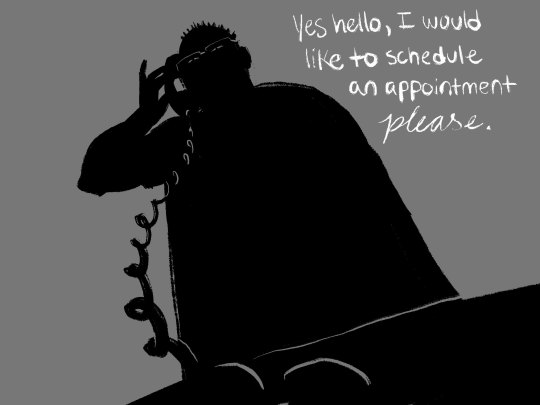
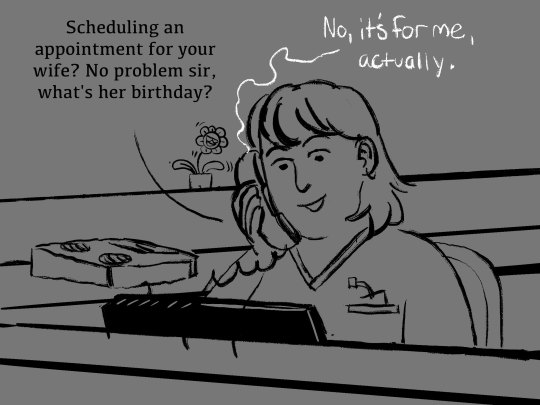
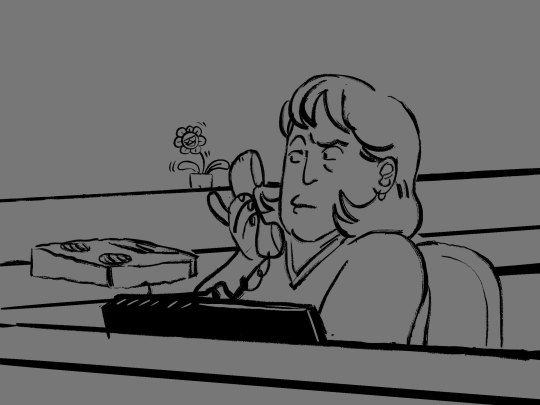
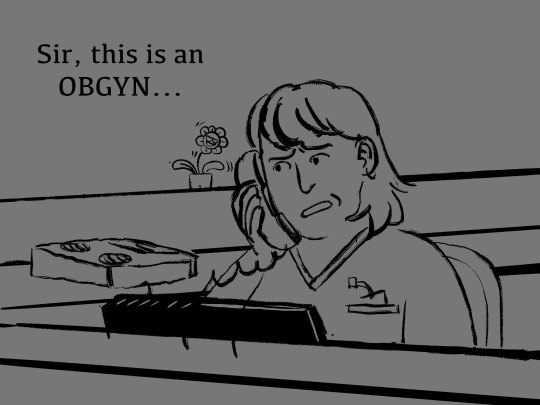
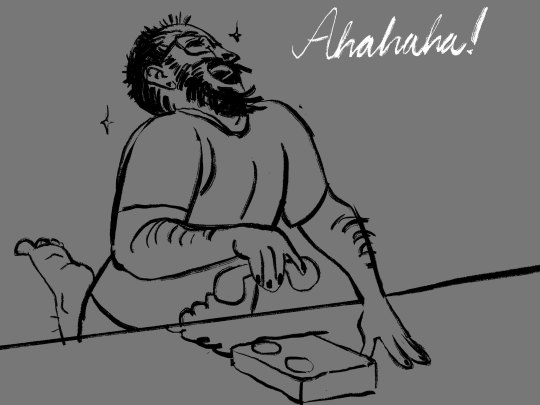
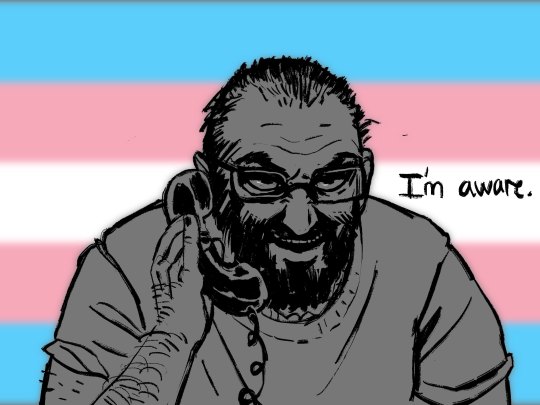
*doom music starts to play* I actually kindof like scheduling these kinds of appointments now...
but seriously Fellas, don't forget to schedule a pap smear every couple of years just in case. If you still have a cervix you can still get cervical cancer. ilu
this has been a psa
164K notes
·
View notes
Text
Blind people must save a lot on electricity.
695K notes
·
View notes




